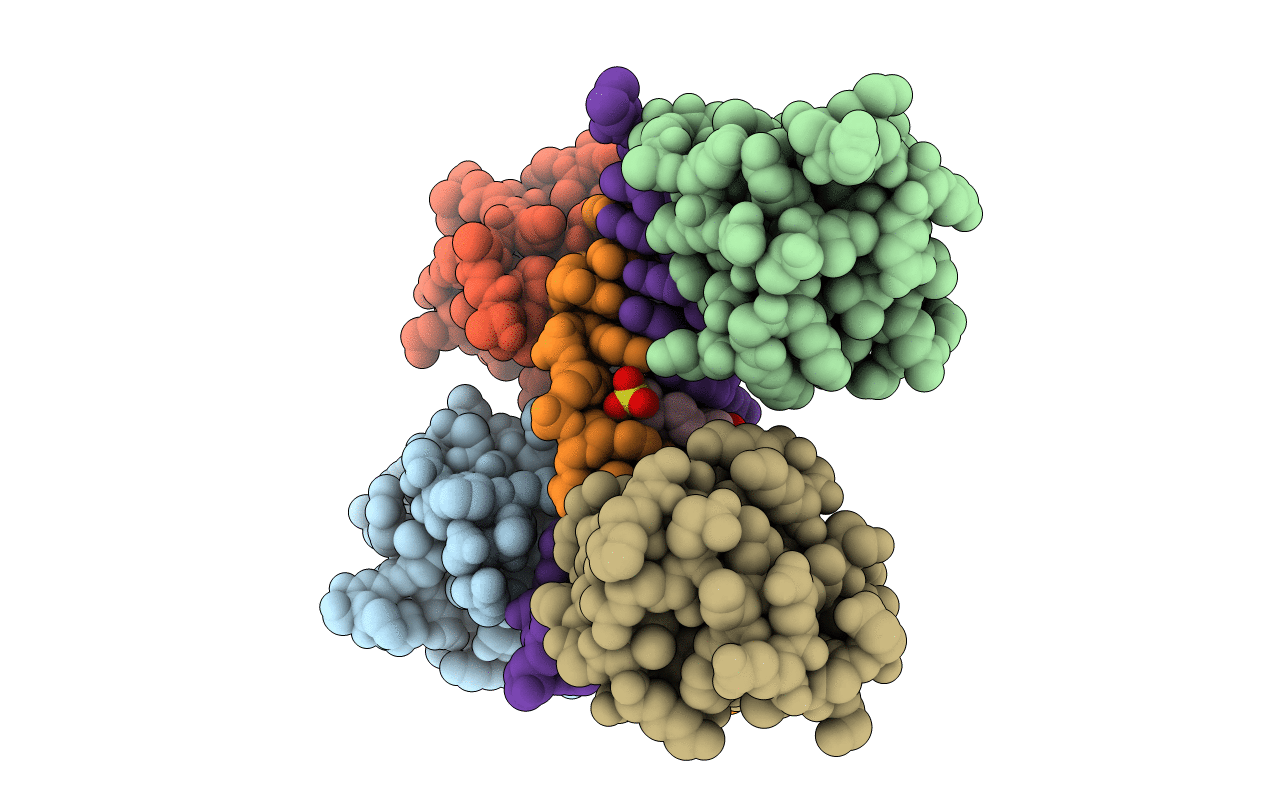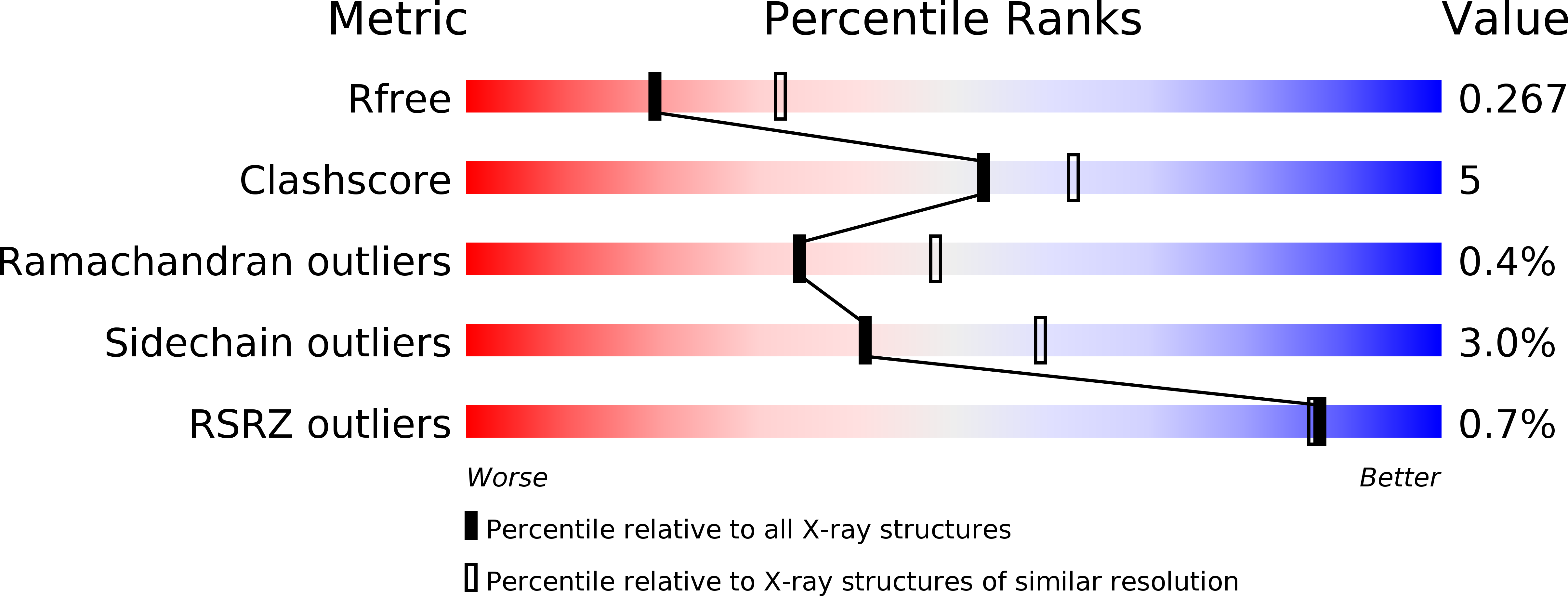
Deposition Date
2009-08-24
Release Date
2010-05-19
Last Version Date
2023-09-06
Entry Detail
PDB ID:
3IRR
Keywords:
Title:
Crystal Structure of a Z-Z junction (with HEPES intercalating)
Biological Source:
Source Organism:
Homo sapiens (Taxon ID: 9606)
Host Organism:
Method Details:
Experimental Method:
Resolution:
2.65 Å
R-Value Free:
0.28
R-Value Work:
0.22
R-Value Observed:
0.22
Space Group:
P 21 21 21


